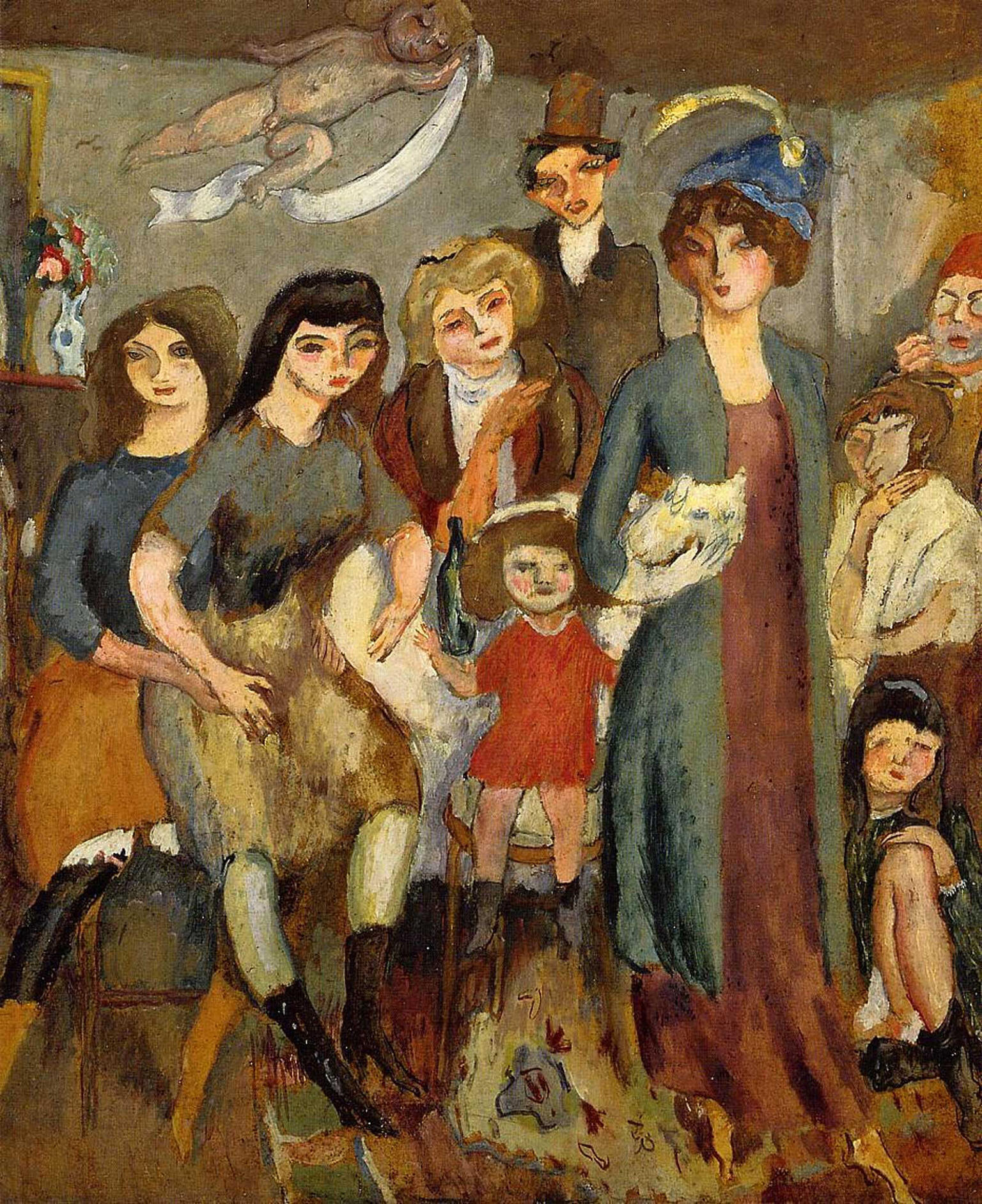The Turkish Family
Jules Pascin
1907
In The Turkish Family, the term Turkish is likely a placeholder for a portrait of a modern Sephardic Jewish family like that of the artist. Notably, the family members wear modern European fashions, particularly common among the non-Turkish bourgeoisies of the Ottoman Empire in the early twentieth century. One man wears a top hat, while another wears the fez, a marker of loyalty to the Ottoman Empire and of aspirations to modernization and liberalization in Ottoman political and civic life.
Credits
Published in: The Posen Library of Jewish Culture and Civilization, vol. 7.
You may also like
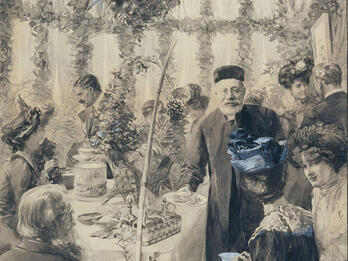
High Tea in the Sukkah
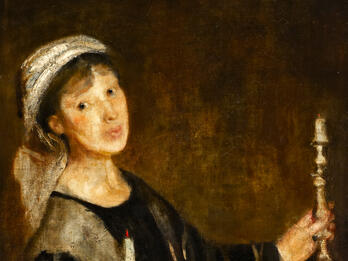
Self-Portrait with Candles
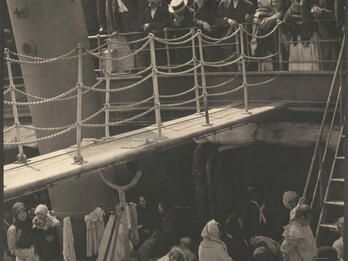
The Steerage
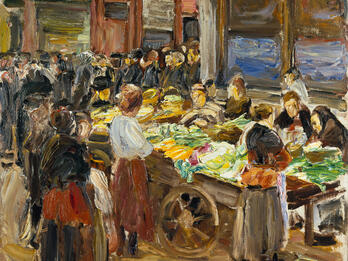
Jewish Street in Amsterdam
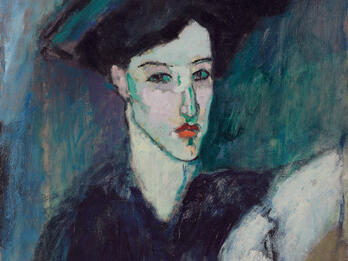
La Juive (The Jewess)
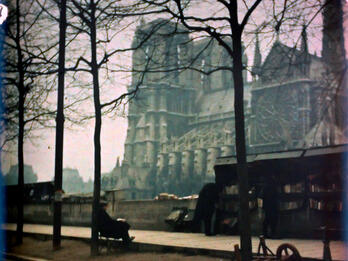
Book Seller and Notre Dame on the Quai de la Seine
Creator Bio
Jules Pascin
Jules Mordecai Pascin (his original last name was Pincas) was born in Vidin, Bulgaria, to a Ladino-speaking family that drew its wealth from a grain business. Raised in Bucharest, to which the family relocated, Pascin received his artistic training in Vienna and Munich. Early on, he sketched portraits of seminude women in brothels. In 1905, after two years in Munich, Pascin moved to the Montparnasse neighborhood of Paris, where he became a fixture at Le Dôme Café with his new identity, Jules Pascin; he was immortalized in Ernest Hemingway’s A Moveable Feast. Pascin lived in the United States from 1914 to 1920, after which he returned to Paris; in 1930, he committed suicide. His painting style reflected a blend of cubism and expressionism.
You may also like

High Tea in the Sukkah

Self-Portrait with Candles

The Steerage

Jewish Street in Amsterdam

La Juive (The Jewess)



